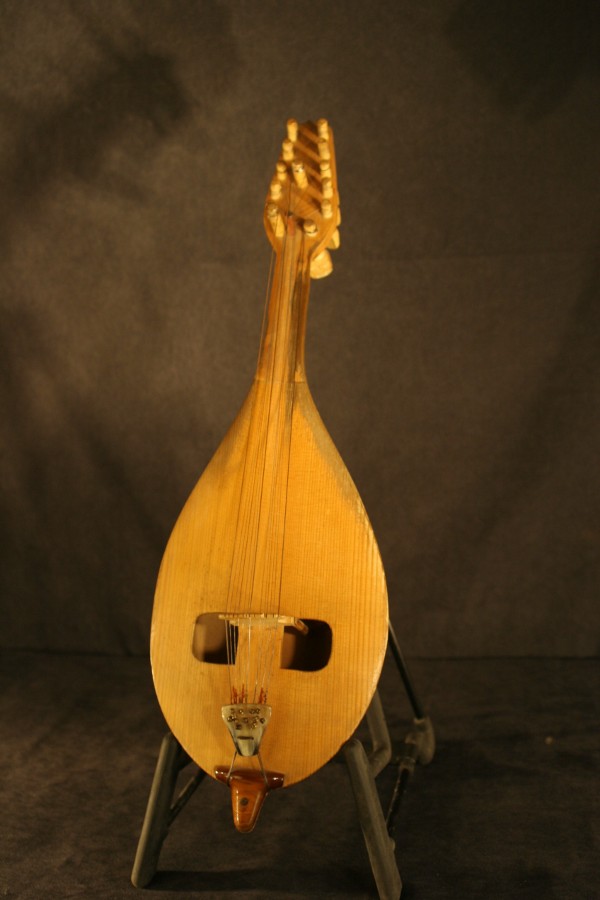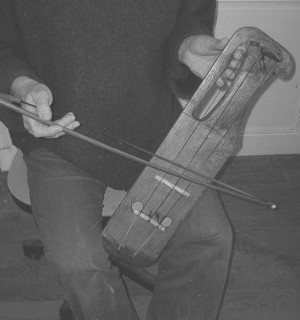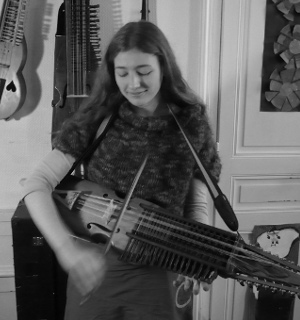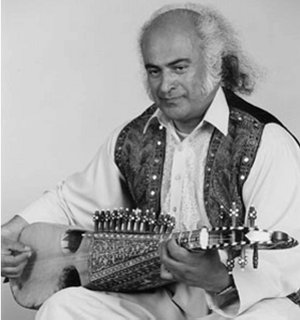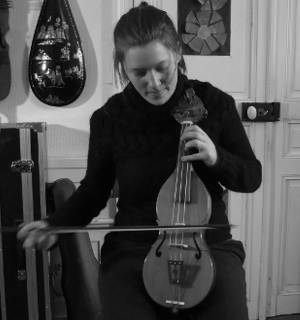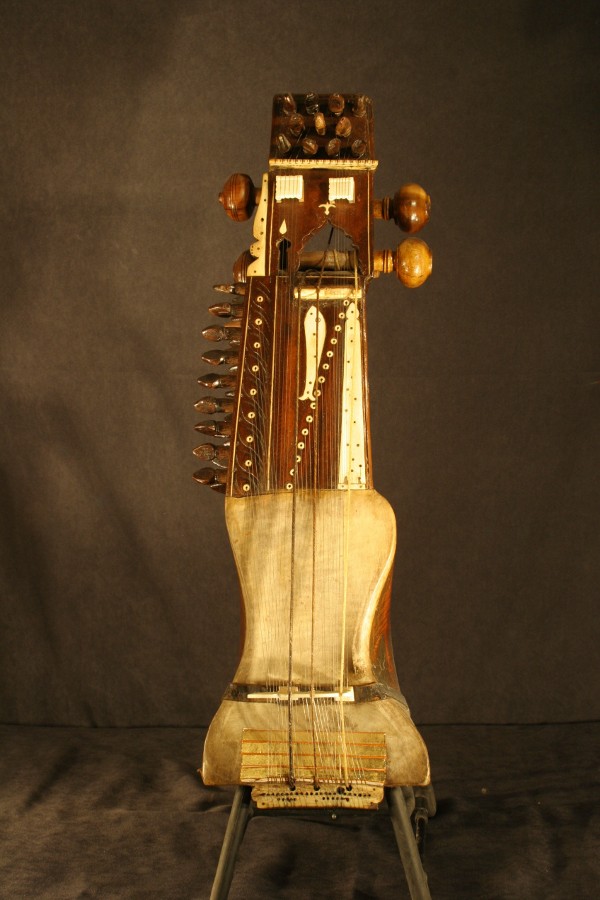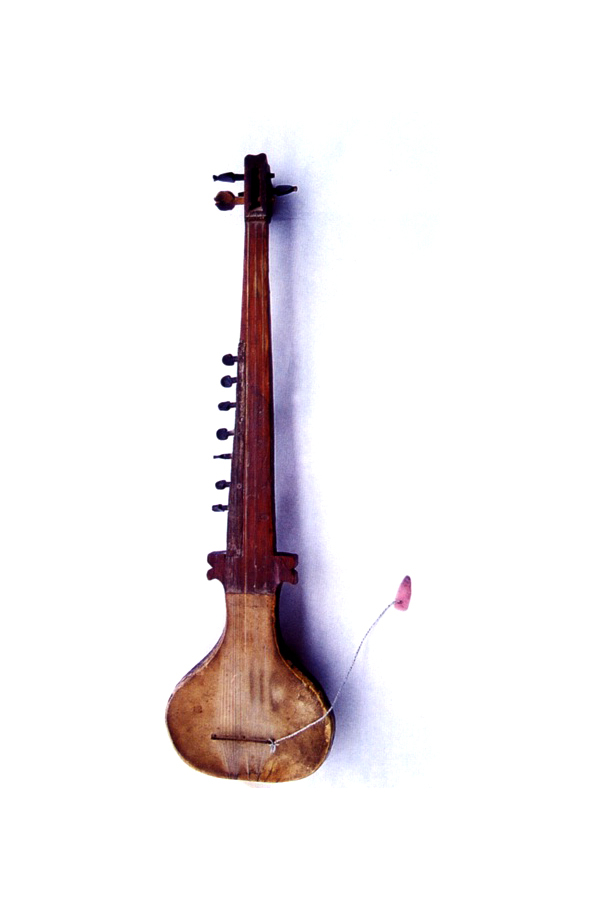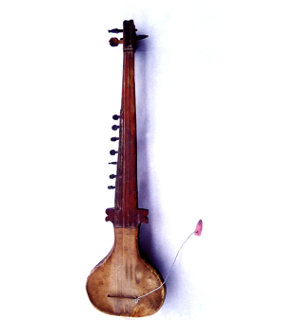SALON "ESSENCES ET MATIÈRES"
venez me rencontrer du 20 au 22 novembre
Thaon les Vosges : salon d’envergure régionale destiné à valoriser l’artisanat d’art lorrain.


GALLÉSIE EN FÊTE
venez me rencontrer les 27 et 28 juin
Née en 1976 à Monterfil (35), La Gallésie en fête accueille depuis plus de trente ans, artistes et groupes musicaux, amateurs ou initiés, sous le signe de la convivialité et de la bonne humeur.


fête de la renaissance à Bar-le-Duc
venez me rencontrer les 4 et 5 juillet
Toute la ville se métamorphose et entre en scène. Façades décorées et commerçants costumés, menus Renaissance, conférences, concerts, spectacles nocturnes, marché, animations de rue, taverne Renaissance...


le son continu
venez me rencontrer du 11 au 14 juillet
« Le son continu » rassemble les passionnés des instruments, musiques et danses populaires dans le parc du château d’Ars près de La Châtre en Berry dans l'Indre (36)


inscrivez vous au stage de lutherie
du lundi 17 au mercredi 26 août
Le stage (lieu : 63200 Saint-Bonnet près Riom) a pour but la fabrication d'une nyckelharpa : vièle suédoise à archet et à clavier.


Fête de la vielle
venez me rencontrer du 20 au 23 Août 2015
Depuis 1982, cette fête a lieu chaque année en août à Anost. Cette bourgade était le fief de nombreux vielleux à la fin du XIXe siècle et au début du XXe.


stage de Socourt
inscrivez-vous du 5 au 6 septembre
Ces stages de nyckelharpa ont pour but de promouvoir cet instrument et d'organiser la rencontre de ceux qui en jouent.


Folk Festival de Marsinne
venez me rencontrer du 11 au 13 septembre
Ce festival accueille durant trois jours concerts, bals, théâtre de rue et de marionnettes, luthiers, artisans. Découvrez tous les ingrédients du plus ancien festival de musique traditionnelle de Wallonie !


Festival Celt in Lor
venez me rencontrer le 4 octobre
Frouard 54. Celt'in Lor est un événement sur le BASSIN DE POMPEY, le PAYS DU VAL DE LORRAINE et toute la REGION LORRAINE.







